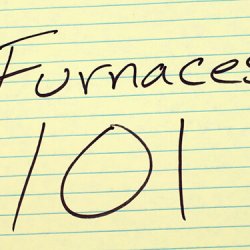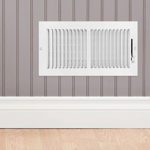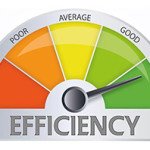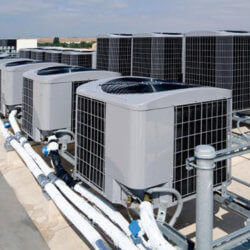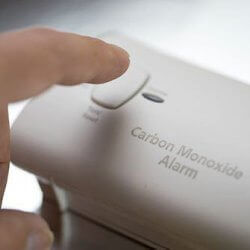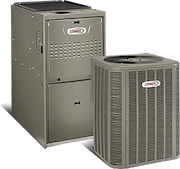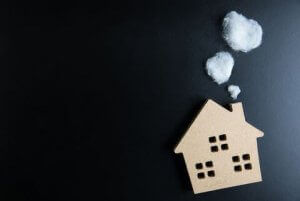
Many are surprised to learn that indoor air quality can be just as much a problem as air pollution outside, and sometimes more. Especially in the winter, enclosed air systems inside can create a trap for pollution of all sorts. There are a lot of ways you can reduce indoor air pollution in your home though. Many of these include keeping the HVAC system clean as well as utilizing newer HVAC technology to add new air purification systems to your home.
To learn more about what you can do to reduce air pollution in your home or office, get in touch with your heating & air conditioning team at Galmiche and Sons in St. Louis.
Causes of Indoor Air Pollution
Indoor air pollution comes from a variety of sources; pet dander and smoke, along with dust, mold, allergens from outside, and even volatile chemical compounds (or VOCs) can contribute to indoor air pollution. One way to reduce indoor air pollution is to limit or eliminate these common pollutants. Additionally having your HVAC system cleaned regularly can help you combat mold and dust buildup. To boost your efforts to reduce indoor air pollution even more, try these seven steps to cleaner air indoors.
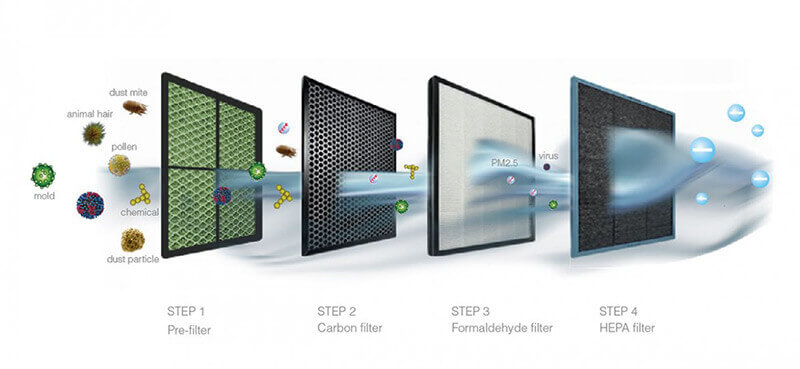
7 Ways to Reduce Indoor Air Pollution
How can you use HVAC technology to reduce indoor air pollution? The first step is to become familiar with new HVAC technology on the market today. The following are some systems and steps you should consider to improve indoor air pollution in your home:
- UV technology: One way to lessen indoor air pollution, especially bacteria and mold, is to use UV emitting lights. This type of HVAC air purifier can be installed in most systems. This air purification technology is especially useful for people with compromised immune systems and the elderly.
- Variable refrigerant flow systems: There are a lot of advantages to a variable refrigerant flow (VRF) HVAC system. One of which is the ability to create different climate “zones” in your home. This can help you reduce indoor air pollution by keeping humidity at bay, adjusting the settings in each room for ideal humidity levels.
- HEPA filters: Beefing up your air filters can also help you improve indoor air pollution. HEPA stands for High Efficiency Particulate Air Filter and these filters can trap up to 99% of particles in the air.
- Mold remediation: Mold is a surprisingly common problem, and it can spread through your HVAC system all over your home. If you discover mold in your ventilation system, having an HVAC professional perform a full mold remediation will vastly improve your air quality.
- Good ventilation design: Make sure your ventilation system is properly sized and has the right amount of registers and return vents for ideal airflow. Similarly, proper installation is key, and misaligned ductwork can create build up and trap pollutants in the air.
- Clean ductwork: Similarly, cleaning your ductwork regularly, or having your HVAC service team clean it during regular maintenance visits, is a great way to reduce indoor air pollution.
- Change your air filter: You can also reduce indoor air pollution by changing your air filter more often. Even if you are not going to switch to a HEPA filter, simply changing your filter or opting for a higher rated paper filter will improve your air quality a bit.
Learn More Ways to Improve Indoor Air Pollution
To learn more or schedule a cleaning and inspection of your HVAC system today, get in touch with our St. Louis heating & air conditioning professionals today. Our priority is helping our customers stay comfortable throughout all seasons, starting with you!



